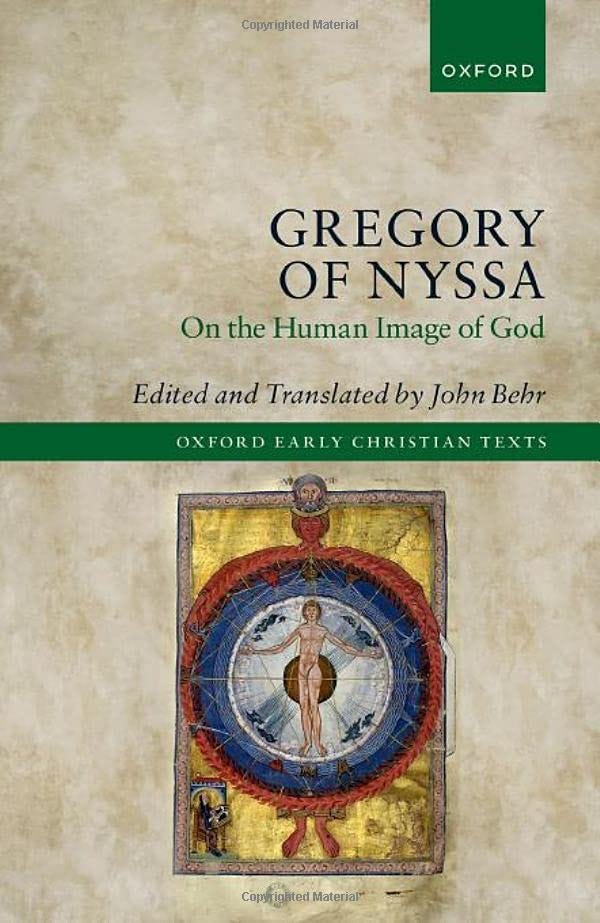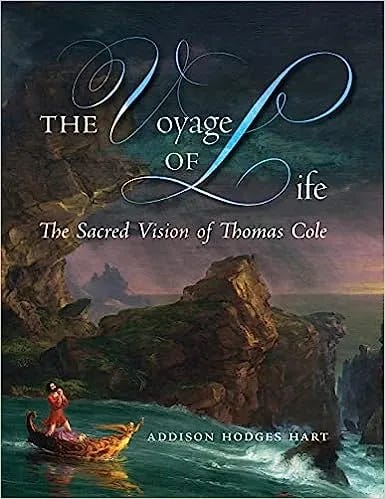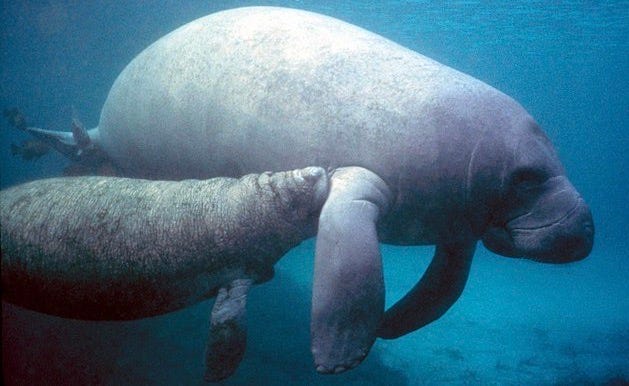1. Every once in a while, I find myself fretting over the critical editions of the collected works of two authors that have remained frustratingly, tantalizingly almost-but-not-quite-complete for years now. One of them is Richard J. Finneran and George Mills Harper’s fourteen volume The Collected Works of W.B. Yeats (at present, published by Scribner), of which thirteen volumes have appeared, and of which the sole remaining volume (comprising the books collectively known as Mythologies) has been floating in some kind of editorial limbo for the last decade.
2. The other—and here the delay has been considerably greater—is Brill’s Gregorii Nysseni Opera, which Werner Jaeger inaugurated back in 1960, and which to this day continues to crawl with agonizing graduality toward completion. The major treatise still conspicuously missing from the printed volumes is De hominis opificio, On the Making of Humanity. Happily, we have Fr. John Behr among us, whose new and altogether splendid critical edition of the work has just been released by Oxford University Press. He has rendered its title (for reasons he explains) as On the Human Image of God. The work is presented in facing Greek and English, and is almost certainly the best critical version of the original text we are likely ever to get; the book’s scholarly apparatus is comprehensive (providing all the significant variant textual evidence), and the translation is excellent. Moreover, the long introduction is—as anyone familiar with Behr’s magisterial edition of Origen’s De principiis (also from Oxford) should know to expect—more than merely a scholarly preface. It is a deep examination of the theology and metaphysics of the treatise, and is itself a work of constructive speculative theology. Needless to say, as the volume comes from OUP, the price is steep ($210.00), because that venerable publishing house remains eerily unaware of how large an appetite there is out there for patristic literature, and because it prices just about all its academic publications entirely for the university library market. I assume, as with Behr’s edition of Origen, a paperback version of the translation will appear, still with the introduction. But, if you can, get a hold of the volume in its proper form. There will not be any rival edition—certainly, none as good or better—at any time in the next few centuries or so.
3. Another book I might call your attention to is The Voyage of Life: The Sacred Vision of Thomas Cole by my brother Addison Hodges Hart (whose Substack publication The Pragmatic Mystic a number of you subscribe to, I believe). Cole (1801-1848), for those who might not know, was the father of the Hudson River School of American painters—you know, the Romantic sublime, mystical landscape painting, glorious sunsets, vast valleys in the twilight, mountains and waterfalls aglow with the numinous, a sense of the sacred in all nature’s forms, and so forth—and was something of a mystic in his own right. My brother has a taste (which I share) for American nineteenth-century transcendentalism and nature-mysticism, and this book allows him to indulge that taste like an otter sporting about in the water. I am pretty sure I know part of how he came to write on this topic. “The Voyage of Life” is a four canvas religious allegory of a soul’s journey through life, from infancy to old age, depicted as a long river journey, under angelic vigilance, that ends on the threshold of a heavenly reality just on the other side of this world. Cole painted it twice. One version (from 1840) hangs in the Munson-Williams-Proctor Arts Institute in Utica, NY. A slightly revised version (from 1842) hangs on the four walls of a special alcove in the National Gallery of Art in Washington DC, where I and my brothers saw it often on our frequent visits to the museum with our father when we were growing up (we lived half an hour away, in Howard County, MD). The appearance of the paintings coincided, broadly speaking, with the period of the Great Awakening, and engravings of the images soon entered into the American religious iconography of the time. My brother’s interests, however, are in aspects of Cole’s spiritual vision that stand somewhat outside the popular religious enthusiasms of that period. It really is a fascinating meditation.
4. Tomorrow is Manatee Appreciation Day, one of the most significant days on the civic and sacred calendars. I love manatees, as does anyone with a soul. Alas, these magnificent, giant, wonderfully gentle, beautiful (in a silly way that for just that reason is all the more transcendent) animals are an increasingly endangered species. Their habitat is under constant stress from all the idiocies visited upon nature by a tribe of apes whom neoteny has rendered capable of boundless mischief and destructiveness. Please spare a thought for these glorious creatures and perhaps look online to see to which charities dedicated to their rescue you might perhaps make a donation.







For those who would like to hear Dr. Behr on his translation On the Human Image of God here is my interview with him about this.
https://podcasts.apple.com/us/podcast/grace-saves-all-christianity-and-universal-salvation/id1534051216?i=1000547726943
I would also recommend for those who can read Greek consulting Diogenes. The critical edition is older and will clearly be inferior to Behr’s for that reason but it is still much better than nothing.
Diogenes will (provided one has the files to TLG for, well, perfectly negligible reasons) have all Greek patristic writers present in TLG, but suffers from the absence of Latin writers conditioned by the obtuse decision of the PHI Latin corpus to exclude Christian Latin (which seems in their thought to be an entirely separate language).